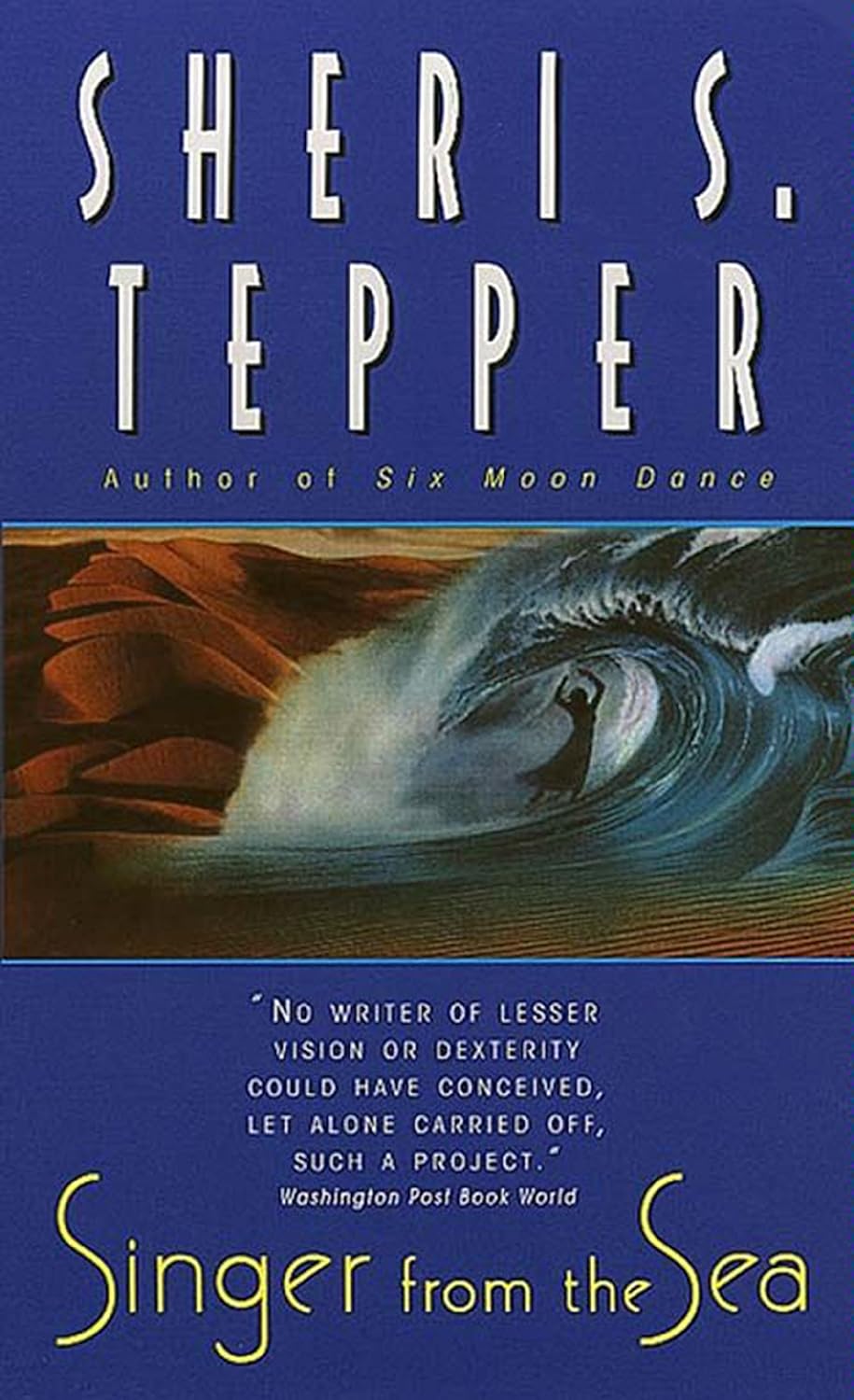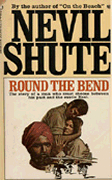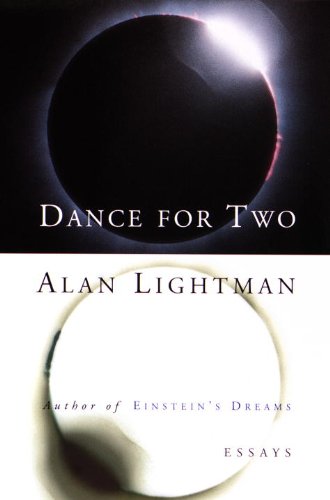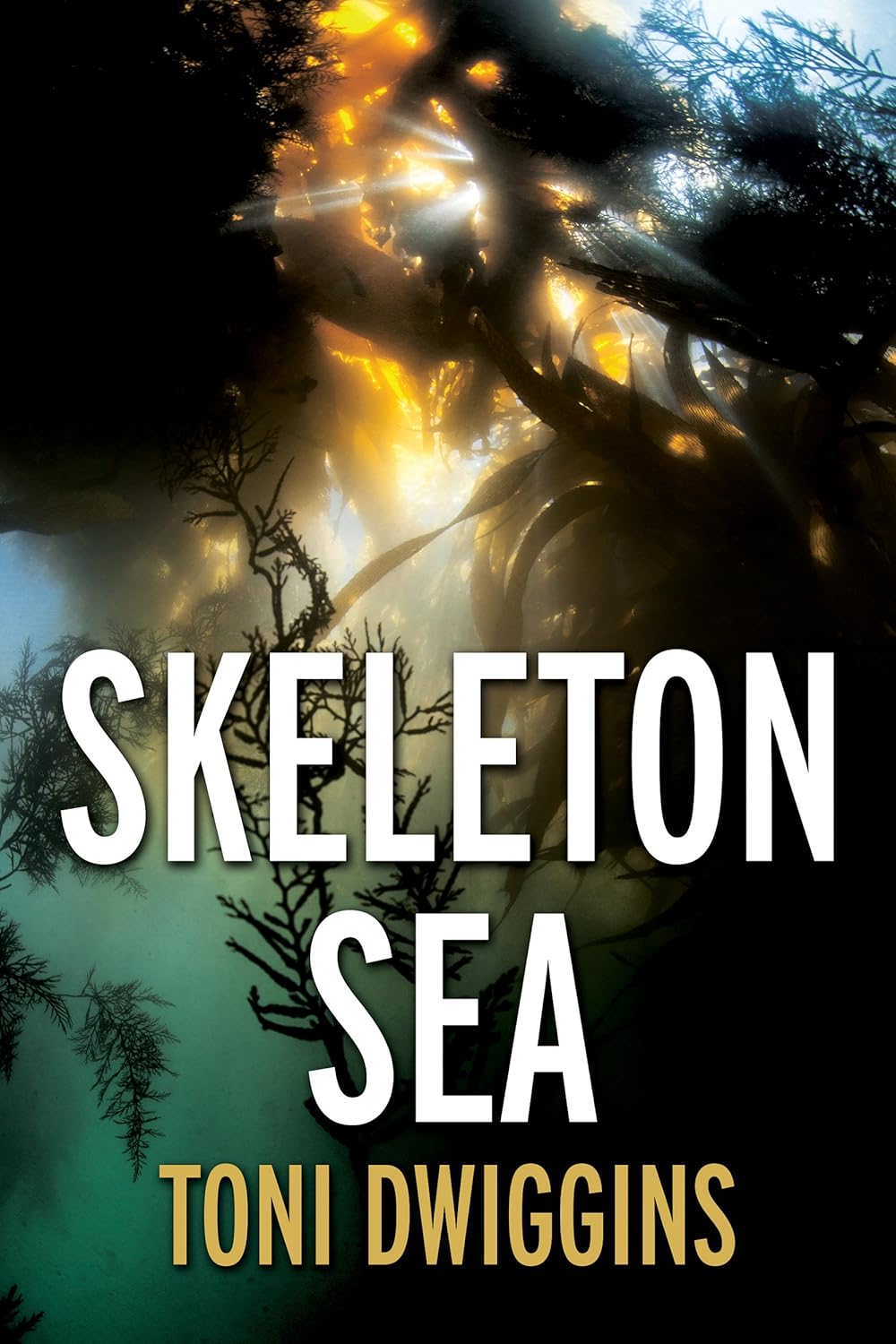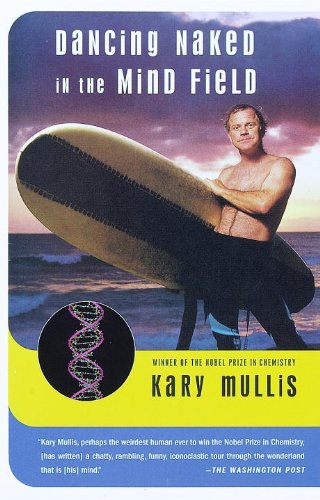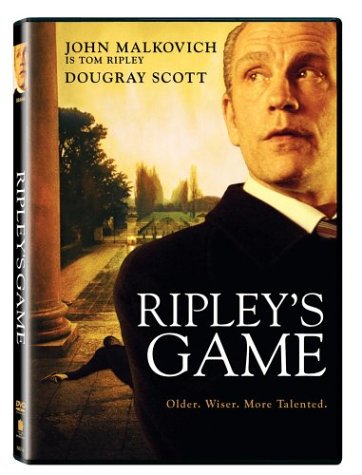 |
| Photo by Charli Mills of Carrot Ranch |
Happiness, in my opinion, is overrated; find a way to be satisfied with the small benefits along your path, and you will look back over your journey and see that you were very happy after all.
For my spouse and me, this has found expression in a phrase we recite when one of those little triumphs occurs. We pull up to the restaurant we have chosen, and the parking space right at the door is open. We walk into the store and discover a clerk, who is substantially repricing most of the items in our shopping list. We chat idly with someone in line at a shop, and it leads to an invitation to an incredible party.
Or: We pull into the empty parking lot of an obviously closed roadside attraction on a remote road in coastal California just as the genial operator is making his once-a-fortnight rounds. Beguiling each other with stories, we get a personal tour of the Sturgeon’s Mill steam sawmill that money could not buy.
Or: Car-camping in late winter in Colorado, we chat with a fellow out walking his dog and wind up with a summer job any other Mines student would kill for.
Or: Independently, we each choose to go to a party where neither of us knows anyone else there very well, and wind up encountering the one other person who will complete us for the rest of our lives.
When these things happen to us now, we turn to each other, and one or both will say, “Well, we were obviously meant to be here.”
Being open to that opportunity for happiness is our secret to longevity, and it mates well with the introductory post from the Carrot Ranch Flash Fiction Challenge this week:
In 99 words (no more, no less) write a story, using the above photo as a prompt. You can make it a garden party or an international spy thriller. Who is there and why? Does the backdrop scenery make an impact or is it ignored? The place is on an island, if you wish to make use of that. Go where the photograph leads you this week.
_______________________
First Things First
Eric stood off from shore to inspect his work. Was the patio inviting enough? It would need to be enticing to overcome the legacy of misanthropy his late uncle had invested in the place.The mansion where Reid Simonsen had lived his miserable life was uninhabitable. Eric wondered if he would ever reclaim the excitement he'd experienced when he learned he'd inherited it and the beautiful island it occupied.
Satisfied, he began to paddle his kayak back to the ladder. The dock and patio were a good start. He could live in a tent; he could not live alone.
